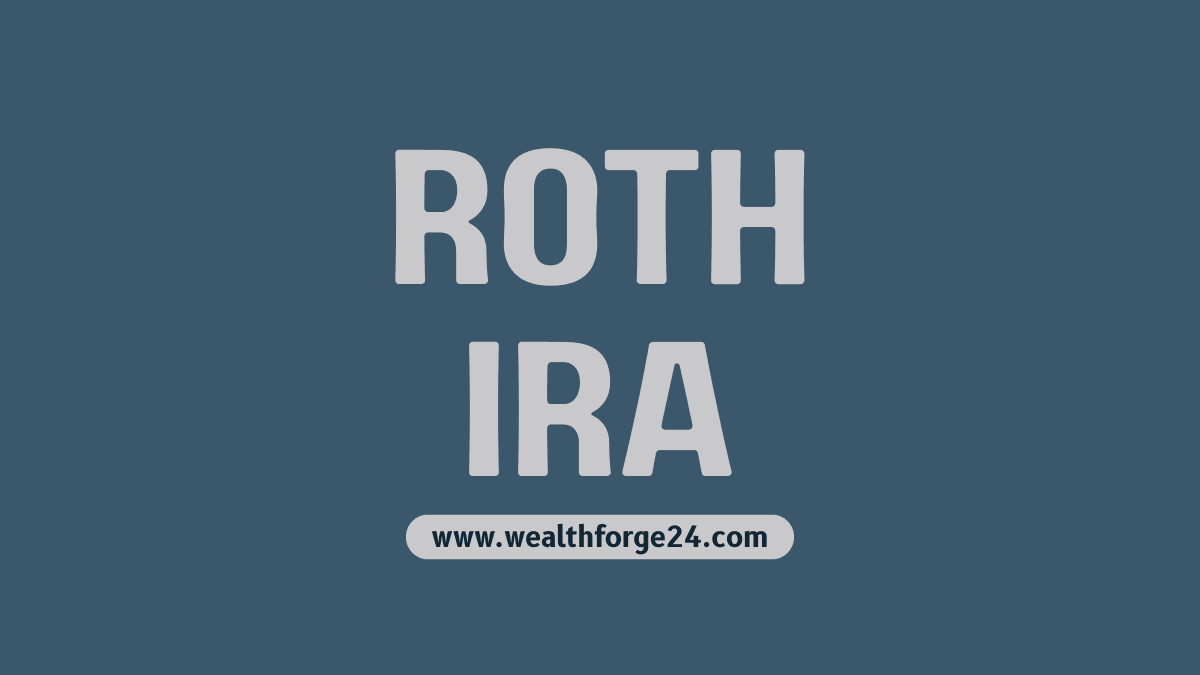MHandling different types of student loans, like federal and private, can feel overwhelming. In many instances, it makes greater sense to pay off private student loans earlier than federal ones.
This is because non-public loans normally have much less favorable terms. There’s no one-size-fits-all solution. It relies upon your desires. You should decrease interest, lessen uncertainty, or gain momentum toward being debt-free.
Key Takeaways
- Since federal student loans usually have higher interest rates, it’s best to pay off private student loans first.
- The mortgage kind is prime. You also want to consider interest costs and repayment terms.
- The best quality method for paying off student loans in the long run relies on your situation and goals.
Four Things to Consider When Evaluating Repayment Priorities
1. What types of student loans do you have?
Student loans fall into one of two principal classes: federal and private loans. Federal student loans have fixed interest rates set when the loan is taken out. Private scholar loans, on the other hand, may have both fixed and variable rates.
Federal student loans regularly have stricter terms. This includes compensation necessities, alternatives for loan forgiveness, and forbearance pathways. Some private creditors offer reimbursement flexibility; however, it is not as great a deal as federal ones. It often makes sense to pay off private student loans first. This way, you keep your options open with federal loans if your situation changes later.
Federal Student Loan Types
Among federal scholar loans, there are also differing types to bear in mind, and their various terms could have an impact on your choices. Currently, the American Department of Education offers the following 4 mortgage types:
Direct Unsubsidized Loans
Interest builds even as you’re in college and during the six-month grace period before bills start. Collecting interest can enhance your loan balance. So, for a few borrowers, managing this debt will become a bigger fear. Still, factors like mortgage length rely on it.
Direct Subsidized Loans
Federal authorities cover the interest on these loans while you’re in college. They additionally pay at some point during the six-month grace period. This approach could result in a lower reimbursement amount compared to unsubsidized loans of the same length. As such, you can choose to deal with these loans after unsubsidized loans, which means the larger balance gets paid down first. That said, a few might also determine upon beginning with the decrease in stability to build momentum.
Direct PLUS Loans
PLUS loans are for dads and moms of undergraduate or graduate college students. They can also take these loans out on their own. The lender starts accruing interest right after giving the loan. Graduate and professional students prefer not to make payments while in college or for six months after. However, a hobby nevertheless builds up throughout this time. It often makes sense to pay these off sooner than other loans. This is especially true since interest rates are usually better.
Direct Consolidation Loans
You cannot precisely refinance federal student loans. However, you could get a consolidation mortgage. This loan combines numerous loans into one. The hobby price for this sort of loan is based on a weighted average of your advance loans’ prices. By consolidating your federal student loans, you could stay away from having to decide which one to prioritize. However, if it’s between this selection and private loans, you might favor tackling the latter first.
2. The Interest Rates and Rate Types
Your interest rate is also important in deciding which student loan to pay off first. However, there are one-of-a-kind procedures for this difficulty.
The High-Interest Approach
One method is to focus on the mortgage with the highest interest rate first. This can help you pay less in interest over time. If your federal student loans are worth more than your private ones, think about it. Are the hobby savings well worth dropping the advantages and versatility of federal loans?
Fixed vs. Variable Rates
Another element to bear in mind is whether the hobby charge is constant or variable. As previously noted, federal scholar loans are continuous, while private loans can be either. If you have all types, tackle the variable mortgage first. This will limit the time when rates can rise.
3. The Loan Terms
Federal student loans usually offer better terms. But not all borrowers can enjoy them anymore. For instance, if you have a moderate income, you may not be eligible for benefits like income-driven repayment (IDR) plans. Think carefully about what options you will have before determining which loans to prioritize.
Repayment Term Considerations
The reimbursement time period is, moreover, subject to change. Some borrowers choose to pay more later. This helps lower their monthly payments, giving them more flexibility in their budgets. If that applies to you, tackling the shortest-period loan is probably satisfactory.
Impact on Financial Goals
Notice the varieties of debt you’ve got. They can affect your capacity to satisfy numerous financial goals. Sometimes, it’s better to focus on paying off high-interest debt first. You can still make the minimum monthly payment on your student loans. After you pay off your special money owed, you can choose to take out federal or private student loans.
4. What other debt do you have?
A very last factor to bear in mind is when you have every different form of terrible debt. Let’s say you have a lot of high-interest credit card debt. One option is to get a personal loan. You can use it to pay off your student loans and credit card debt. Then, focus on paying off the personal loan.
Important: This method shouldn’t be taken lightly. Calculate all expenses to see if they realistically help save the most cash.
Three Strategies for Prioritizing Your Student Loan Payments
There are distinctive techniques for paying off your student loans. None is inherently better than the others. Your choice depends on your financial situation and options.
Strategy 1: Focus on Private Student Loans
A proper rule of thumb is to focus on paying off your private student loans first. The costs and terms for those loans are much like your federal loans. You could pay as little as $0 a month with some IDR plans for federal student loans. This is due to the flexibility in compensation.
If you work for the government or a nonprofit, you may qualify for Public Loan Service Forgiveness (PLSF). Just make one hundred twenty monthly payments.
Important Note: The future of the modern IDR plans is uncertain. A federal court has halted the Department of Education from using the Saving on a Valuable Education (SAVE) plan and parts of other plans.
Strategy 2: Prioritize Higher-Interest Loans
One common strategy is to pay off the best hobby loans first. Then, pass directly to the subsequent highest, and keep going until all are paid off.
The Debt Avalanche Method
People know this approach as the debt avalanche strategy. If you stay with it, you may pay the least amount of money in interest over the lifetime of your loans. This approach makes the most monetary sense for minimizing total hobby costs.
Strategy 3: Prioritize Smaller Loans
Some borrowers may additionally choose to repay the smallest loans first. This method is known as the debt snowball approach.
The Debt Snowball Method
The debt snowball approach enables them to build momentum as they eliminate debts. This may imply paying greater interest. But, looking at the variety of loans you have should make it worth the fee. Removing debts can boost motivation to chase new opportunities.
Comparing the three strategies
Debt Avalanche (High-Interest First)
Pros:
- Saves the most cash in the hobby.
- Most environmentally-friendly methods.
- Reduces general debt faster.
Cons:
- It may take longer to pay off the first mortgage.
- Can feel less motivating, first of all.
- Requires the subject to stay with.
Debt Snowball (Smallest Balance First)
Pros:
- Quick wins build motivation.
- Psychological enhancement from removing money owed.
- Easier to hold momentum.
Cons:
- May pay extra for the overall hobby.
- Less financially green
- Larger amounts of money owed remain longer.
Private Loans First
Pros:
- Preserve federal loan flexibility
- Maintains access to IDR plans.
- Keeps forgiveness alternatives to be had.
Cons:
- May not decrease hobby
- Federal loans hold accruing interest.
- Depends on personal loan terms.
Special Considerations for Federal Loans
Income-Driven Repayment Plans
Federal student loans provide unique advantages through Income-Driven Repayment (IDR) plans. These plans can reduce your monthly bill to just $0. It all depends on your income and family size. This flexibility makes federal loans more practicable in some financial difficulties.
Public Service Loan Forgiveness
If you work for the government or a nonprofit, you might qualify for Public Service Loan Forgiveness (PSLF). Make one hundred and twenty qualifying monthly payments. If you also work full-time for an eligible employer, you might receive forgiveness for your federal loan balance.
Forbearance and Deferment Options
Federal loans usually offer better forbearance and deferment options than private loans. These packages can pause your payments fast during financial trouble. But, interest may still add up.
Making Your Decision: A Step-by-Step Approach
Step 1: List All Your Loans
Create a comprehensive list consisting of:
- Loan type (federal or personal)
- Current balance
- Interest rate
- Monthly charge
- Repayment time period
Step 2: Calculate Total Interest
Determine how much interest you will pay over the life of each loan. This facilitates you in apprehending the proper value of your debt.
Step three: Evaluate Your Financial Situation
Consider:
- Your cutting-edge income
- Monthly price range flexibility
- Job stability
- Emergency fund repute
- Other debts
Step four: Consider Your Goals
Think approximately:
- Do you want to limit total hobby pay?
- Do you want mental wins through brief debt elimination?
- Are you pursuing loan forgiveness?
- How important is payment flexibility?
Step five: Choose Your Strategy
Based on your analysis, choose the method that best suits your situation. Remember, you could regulate your strategy in exchange instances.
Common Mistakes to Avoid
Ignoring Interest Rates
Don’t focus completely on balanced quantities. A smaller loan with an excessive interest rate may cost more extra through the years than a larger loan with a lower interest rate.
Neglecting Emergency Savings
Don’t put all extra money closer to loans in case you don’t have an emergency fund. Aim for at least 3-6 months of costs stored.
Overlooking Employer Benefits
Some employers offer student mortgage compensation help. Check if your enterprise presents this benefit earlier than figuring out your approach.
Forgetting About Tax Benefits
Student mortgage interest can be tax-deductible. Consider this benefit while evaluating your reimbursement method.
Not Reassessing Regularly
Your economic situation changes over time. Review your strategy yearly to make sure it still makes sense.
The Bottom Line
Not absolutely everyone will agree on which student loans to pay off first. The ideal preference for you depends on your finances and what you feel comfortable with. For many humans, paying off non-public student loans earlier than federal ones might be the best option.
Before figuring out how to go in this direction, keep in mind a few things:
- Think about how much interest you may pay in the long run.
- Reflect on how payments will affect your monthly finances.
- Check in case you qualify for federal loan forgiveness.
The secret is to create a plan that you can stay with continuously. No matter if you start with high-interest loans, small balances, or non-public loans, the key is to make daily progress toward being debt-free.
Remember that paying off student loans is a marathon, no longer a dash. Stay committed to your selected strategy; however, stay bendy enough to alter as your circumstances change.








